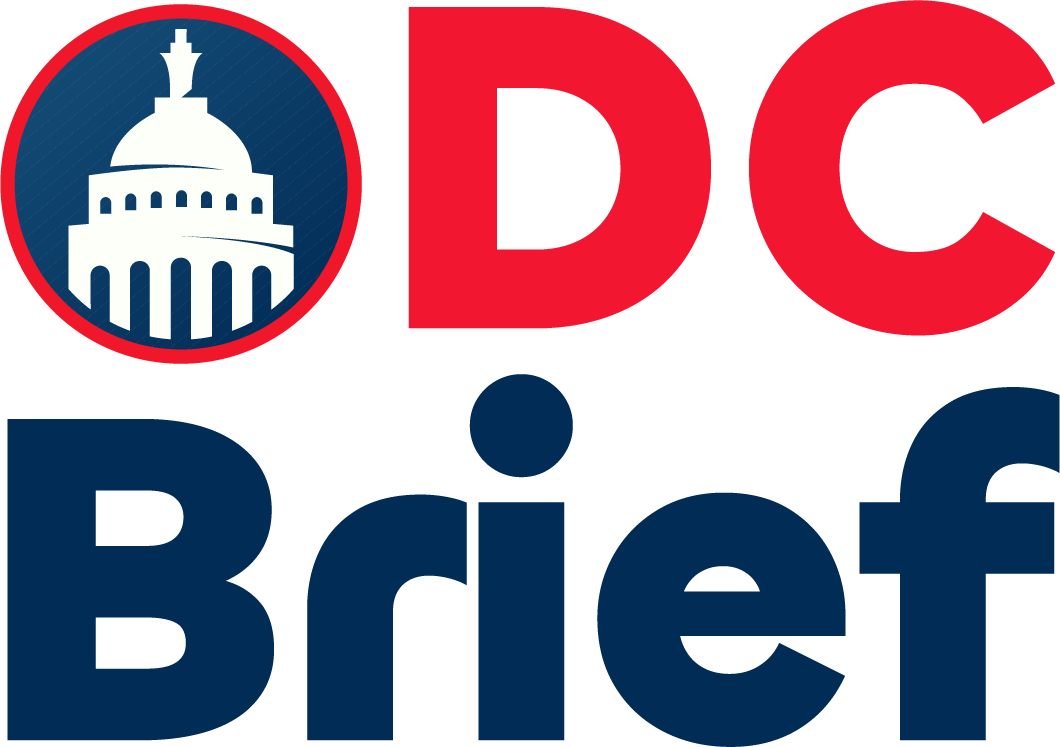Gulf strategic alignment is at the heart of President Donald Trump’s three-nation tour of the Middle East this week. He aims to strengthen ties with Saudi Arabia, the United Arab Emirates, and Qatar. The visit highlights renewed U.S. engagement in a region facing tension and transformation.
Trump landed in Saudi Arabia on Tuesday. There, he launched the U.S.-Saudi Investment Forum with top officials and business leaders. The Saudis have already pledged $600 billion in U.S. investments. Trump expects commitments may reach $1 trillion. These deals are key to Gulf strategic alignment, focused on technology, defense, and energy.
The UAE is also investing heavily in the United States. The country plans $1.4 trillion in future deals, emphasizing AI, semiconductors, and clean energy. Trump will meet UAE President Sheikh Mohammed bin Zayed to finalize these initiatives. He wants to show American allies that Washington is here to stay.
On Wednesday, Trump heads to Qatar. Emir Tamim bin Hamad Al Thani will host the talks. Qatar supports the U.S. military and acts as a regional mediator. Officials even offered Trump their royal aircraft, a rare diplomatic gesture.
Meanwhile, Iran watches the visit closely. Its foreign minister visited Gulf capitals just before Trump’s arrival. Iran hopes to influence Gulf policies, but Trump’s trip signals stronger regional alliances.
Notably, Trump will not visit Israel. Saudi Arabia demands Palestinian statehood before any normalization. Trump is choosing broader cooperation instead of immediate diplomacy with Israel. He believes Gulf strategic alignment can stabilize the region without isolating key partners.
This visit also reflects a sharp turn from Biden’s approach. Trump now positions the U.S. as a reliable ally focused on economic strength and shared interests.
With this trip, Trump pushes business-driven foreign policy, aiming to reshape the region through enduring Gulf strategic alignment.
For further updates, visit DC Brief.


